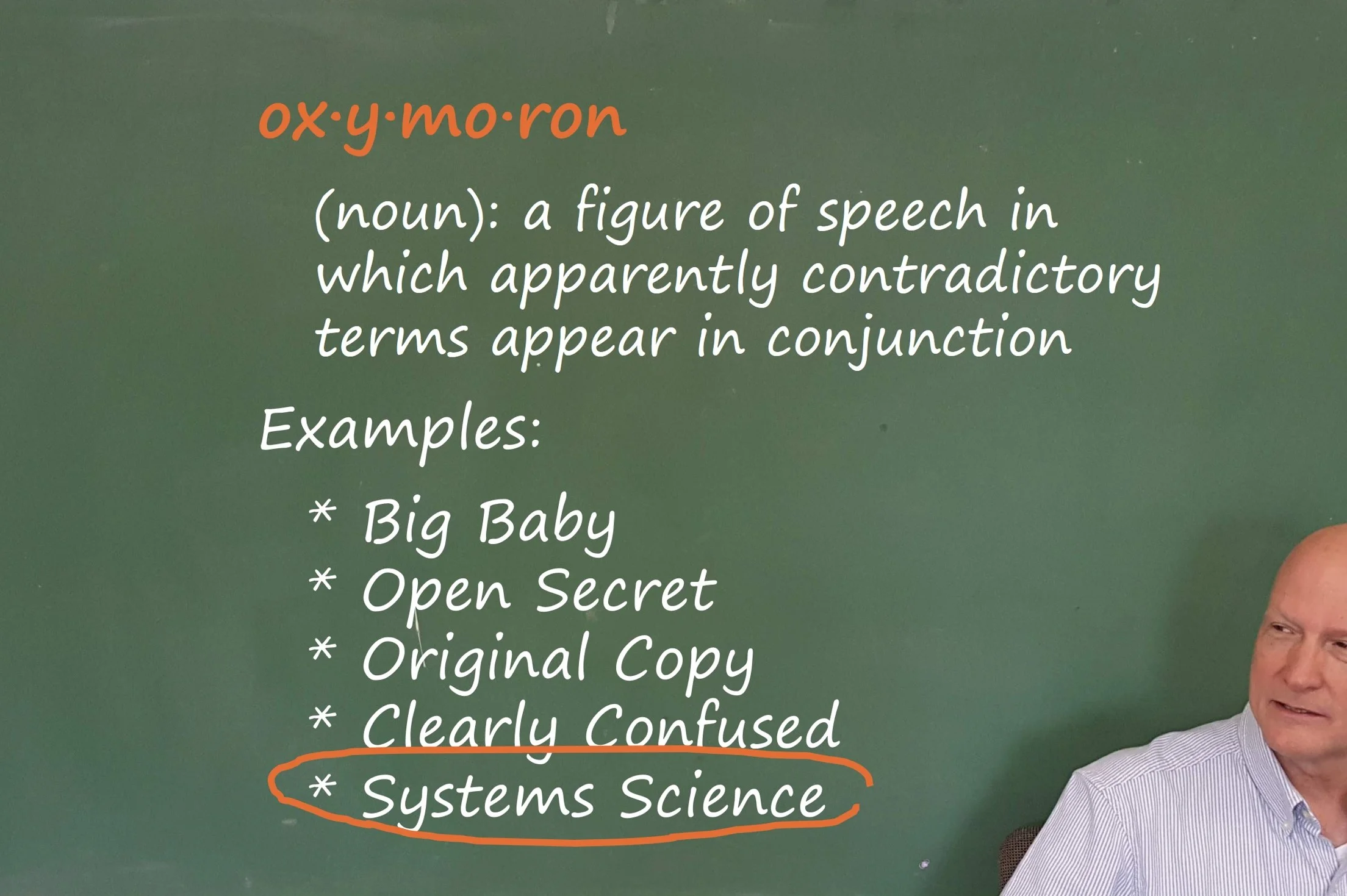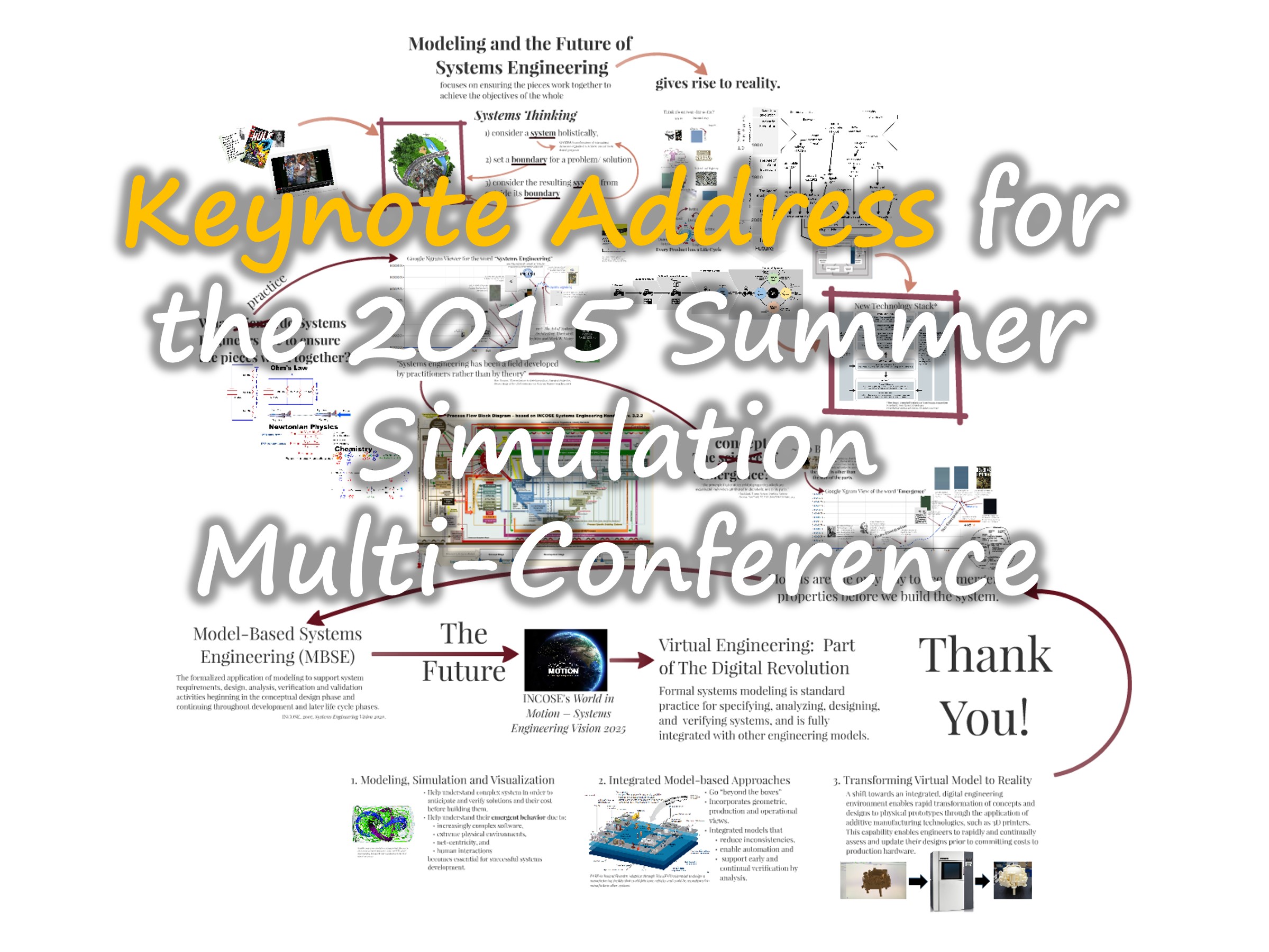R. Buckminster Fuller stands in front of a depiction of his domed city design at its first public showing at a community meeting in East St. Louis, Illinois. Date 1971
I just finished watching the documentary "All Watched Over by Machines of Loving Grace" by Adam Curtis. The entire series of three 1 hour shows is a real challenge. I say this because of the way Mr. Curtis makes such seemly tenuous connections between people and the flow of their ideas across modern history. His assertion is that these ideas together have forged our present day perception of reality. False perception is more like it. This documentary discusses the modern financial meltdown, the environmental crisis and the selfish gene, all through the prism of faulty assumptions, incongruent metaphors and flawed models. His purpose is to show how devastatingly wrong these ideas are and how they have led to actions of world shaking consequences. Curtis doesn’t seem far from the truth either. What I find intriguing, and others may find frustrating, is his total inability to offer any viable alternatives. To me this isn’t surprising because he’s treading into areas of immense complexity: world financial systems, ecological systems, self-organizing networks and human consciousness. There is however a service that Mr. Curtis provides to Systems Engineers in this documentary. He points to the erroneous models that were made for each of these areas.
(1) In the episode "Love and Power" he discusses how the incorrect model for the economy based on the belief that computer networks could measure, control and self-stabilized societies lead to both the 1997 Asian financial crisis and the 2008 global economic recession. A book which covers this topic in detail is Emanuel Derman's Models.Behaving.Badly: Why Confusing Illusion with Reality Can Lead to Disaster, on Wall Street and in Life. Emanuel Derman is worth listening to because he is one of those physicists who went to Wall Street to become one of the first quantitative analyst (or "quant").
(2) In the episode "The Use and Abuse of Vegetational Concepts" Mr. Curtis talks about how the ruthless oversimplification of the interaction of networks in ecosystems lead to a false conclusion that there was a "balance of nature." It was the prevalent scientific theory until George Van Dyne tried to build a mathematical model by simulating a complete ecosystem based on extensive real-world data on just a small piece of range land, only to find natural systems were unstable and very very complex. This chapter in the series is filled with the names of the stars of systems and cybernetics research: Jay Forrester; Norbert Wiener ; and Buckminster Fuller [See Note 1]. All pursuing a better understanding of systems in nature and society. But the metaphor they used for their theories — that everything living is a node in the machine reacting to feed-back loops — could never explain the complexity of reality.
(3) In the episode "The Monkey In The Machine and the Machine in the Monkey" exposes one of the most beguiling metaphor ever to be perpetrated onto the public ... the concept that the brain is an electronic computer or the reverse, the computer is an electronic brain. This couldn't be more wrong. In the book that celebrates IBM’s 100 years of existence, Making the World Work Better , the authors put this whole issue into perspective,
"Computers have always been tools but function no more like a brain than a hammer works a hand. Yet we mix the metaphors, with the idea that as computers advance, we can hand them more of the work of the mind, making them partners in our efforts to improve the world and manage its increasing complexity. . . . a computer can't reason any more than a pitching machine can be a star baseball player."
I truly believe that as long as scientists and engineers embrace this metaphor, their work to create Artificial Intelligence will always be in vain. Human intelligence emerges from the complex interaction of very complex bio-systems, mainly the body and the brain. You will never be able to download your brain into a computer (and thus live forever in cyberspace via the Singularity). Because your brain will never, nor will it ever, act like a computer. Another very unfortunate metaphor that Mr. Curtis cites is the "selfish gene" as popularized by Richard Dawkins. Despite the moniker, Dawkins is quick to point out that genes don’t actually have motive or will. However, the effect of genetic propensity can be accurately described as if they do; as in the metaphor. This line of thinking leads to the idea that the human “bodies are just genes’ way of making more” as explained in Mark Pagel’s book “Wired for Culture: Origins of the Human Social Mind,” where he treats genes with the mystical force of natural selection so that our “cultures have promoted our genetic interests throughout our history,” as well as our “particular culture is not for us, but for our genes.” He is just echoing Dawkins theory that an organism’s body serves the purpose of a ‘survival machine’ for its genes. How do you even go about to prove this insidious theory using even the most basic scientific methods? Why do I call it insidious? Because it ignores the existence of intelligence, free will, commitment, loyalty, love, wonder, hope, fear, despair, hate and the millions of other unique attributes that make us human. Humans are responsible for their own actions and their genes shouldn’t get the credit. We are not just machines following a program.
All these inappropriate use of metaphors have led to inaccurate models which have led to decisions based, not on fact, but on the worst kind of speculation. Emanuel Derman said it best in his article “Unruly humans vs the lust for order” in The New Scientist,
“...the greatest danger in modeling human behavior is a kind of paramamorphism [see Note 2], in imagining that someone can write a theory encapsulating behavior and thereby relieve us of the constant difficulty of complex thinking. To confuse a limited model with a theory is to embrace a future disaster driven by the belief humans obey mathematical rules.”
Once you have this thought, read the rather insightful article from WIRED, entitled, "Trials and Errors: Why Science Is Failing Us" where theauthor, Jonah Lehrer, provides some excellent stories of how medicine and science can not accurately find the cause of illness, no matter how much data and information is collected. The complexity of the whole is not considered and the simple models they use will never be sufficient. To quote Emanuel Derman even further, from his Business Week article, “Perfect models, Imperfect world"
How can we get our fellow modelers to give up their fantasy of perfection? We propose, not entirely in jest, a model makers' Hippocratic Oath:
- I will remember that I didn't make the world and that it doesn't satisfy my equations.
- Though I will use models boldly to estimate value, I will not be overly impressed by mathematics.
- I will never sacrifice reality for elegance without explaining why I have done so. Nor will I give the people who use my model false comfort about its accuracy. Instead, I will make explicit its assumptions and oversights.
- I understand that my work may have enormous effects on society and the economy, many of them beyond my comprehension.
Models are important to Systems Engineers and can be seen throughout the Systems Engineering Handbook and are used within most systems life‐cycle processes. For the most part we see, descriptive models of a problematic situation ensuring the right problems are being addressed; as well as models for Requirements Analysis; Architectural Design; Design & Development; Verification and even Operational models. So it goes without saying that models are extremely valuable except for when they’re misused or misappropriated.
Bottom Line: Make sure your Models have been validated and are indeed “fit for purpose.”
Notes:
- Learn more about R. Buckminster Fuller at the wonderful site: www.artsy.net
- paramamorphism: refers to the attribution of the properties of inanimate things to humans, to giving human minds material qualities.
References:
- Models.Behaving.Badly: Why Confusing Illusion with Reality Can Lead to Disaster, on Wall Street and in Life by Emanuel Derman
- Making the World Work Better: The Ideas That Shaped a Century and a Company by Kevin Maney, Steve Hamm, and Jeffrey M. O’Brien.
- "Why Our Culture Is in Our Genes", By Matt Ridley | from The Wall Street Journal, Mar. 3, 2012,
- "Unruly humans vs the lust for order" by Emanuel Derman |The New Scientist Volume 212, Issue 2835, 22 October 2011, Pages 32-33
- "Perfect models, Imperfect world" by Emanuel Derman and Paul Wilmott | from businessweek.com January 8, 2009
- Trials and Errors: Why Science Is Failing Us by Jonah Lehrer | from Wired January 2012
- It All Connects: Adam Curtis and the Secret History of Everything by Jonathan Lethem |New York Times Magazine Oct. 27, 2016














